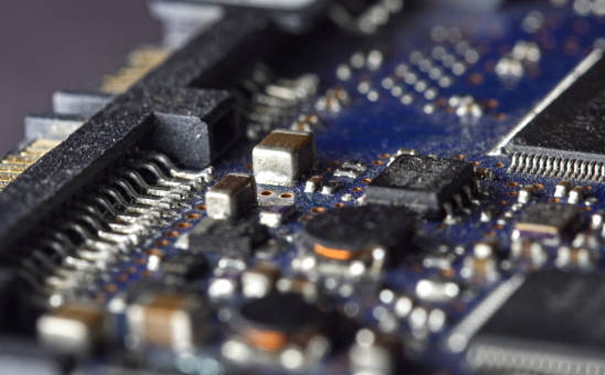Electromagnetic voltage transformers are commonly used in power systems to measure voltage on high-voltage transmission lines. They can also be used to monitor the voltage waveform and amplitude in the power system, in order to timely detect faults and problems in the power system. In this article, we will provide a detailed introduction to the working principle and classification of electromagnetic voltage transformers.
The working principle of electromagnetic voltage transformers is based on Faraday's law of electromagnetic induction, which states that when a magnetic field passes through a coil, an electromotive force is generated in the coil. The working principle of electromagnetic voltage transformers can be divided into the following steps:
1. High voltage signal input: The primary winding of an electromagnetic voltage transformer is connected to a high voltage transmission line to input the high voltage signal into the transformer.
2. Magnetic field induction: When a high voltage signal passes through the primary winding, a magnetic field is generated in the iron core of the transformer. This magnetic field will pass through the secondary winding of the transformer, thereby inducing the electromotive force in the secondary winding.
3. Step-down transformation: Due to the fact that the number of turns in the secondary winding is greater than that in the primary winding, the output voltage is lower than the input voltage. The transformation ratio of a transformer determines the proportional relationship between output voltage and input voltage.
4. Output low voltage signal: The output voltage of the secondary winding serves as the output signal of the transformer, which can be used to measure and monitor the voltage waveform and amplitude in the power system.

Common electromagnetic voltage transformers are classified as follows:
1. Oil immersed electromagnetic voltage transformer: Oil immersed electromagnetic voltage transformer is a common measurement equipment in power systems. It improves insulation strength and pollution resistance performance through an oil immersed insulation structure, and is suitable for outdoor and harsh environments in power systems.
2. Dry electromagnetic voltage transformer: Dry electromagnetic voltage transformer is a power system measurement equipment that does not require oil immersion. It improves insulation strength and pollution resistance through a dry insulation structure, and is suitable for indoor and relatively dry environments in power systems.
3. Low voltage electromagnetic voltage transformer: Low voltage electromagnetic voltage transformer is suitable for measuring low voltage signals and is usually used in instruments and control circuits.
4. High voltage electromagnetic voltage transformer: High voltage electromagnetic voltage transformer is suitable for measuring high voltage signals and is usually used to measure voltage on transmission lines in power systems.
5. Current and voltage transformer: A current and voltage transformer is a measuring device that combines current and voltage transformers, and can simultaneously measure current and voltage signals.
6. Voltage transformer group: A voltage transformer group is a measuring device composed of multiple voltage transformers, which can simultaneously measure multiple voltage signals.
The above is an introduction to the working principle and classification of electromagnetic voltage transformers.
The copyright of this article belongs to the original author. The reprint of the article is only for the purpose of disseminating more information. If the author's information is marked incorrectly, please contact us immediately to modify or delete it. Thank you for your attention!

